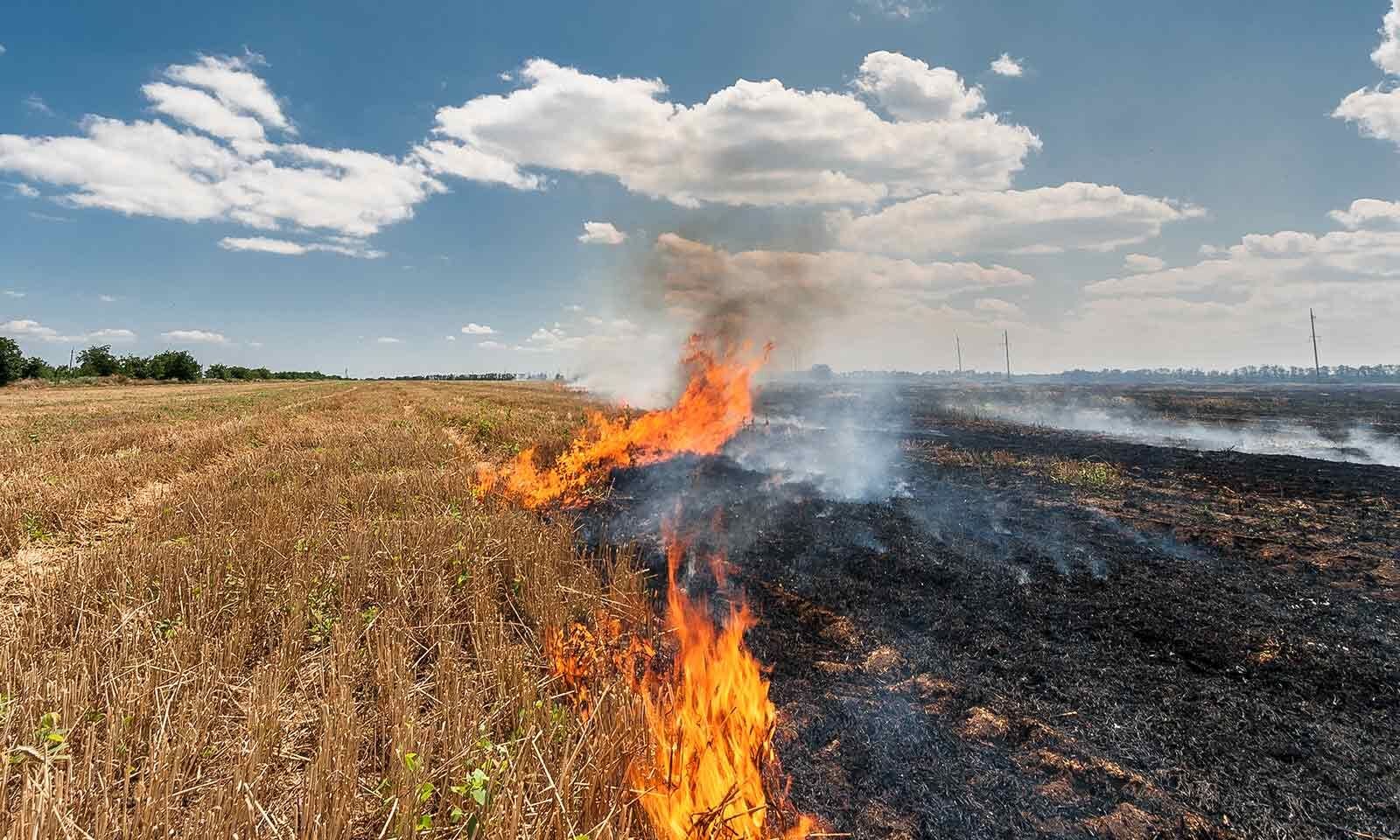Context
The Delhi government proposed cloud seeding in winter 2025 as an emergency response to worsening air pollution. However, the region’s dry, stable winter atmosphere offers little scope for successful rainfall. Experts highlight that cloud seeding provides only temporary relief and fails to tackle the fundamental causes of pollution such as emissions and poor waste management.
Cloud Seeding and Conditions Required for It
- Definition: Cloud seeding is a form of weather modification that artificially induces rainfall by dispersing specific particles into existing clouds to promote condensation or freezing.
- Mechanism: Substances such as silver iodide (AgI), sodium chloride (NaCl), potassium iodide (KI), or dry ice (CO₂) are introduced into clouds. These particles act as condensation or ice nuclei, enabling water vapour to freeze or condense around them. As droplets become heavier, they precipitate as rain or snow.
- Conditions Required:
- Presence of moisture-laden clouds; seeding cannot create clouds.
- Adequate humidity and vertical air motion to sustain cloud growth.
- Favourable temperature conditions for condensation or freezing.
- Unstable atmospheric layers to allow vertical mixing.
- Absence of high-pressure, stagnant weather systems that trap pollutants.
Types of Cloud Seeding
- Static Cloud Seeding: Uses agents like silver iodide to stimulate ice formation in supercooled clouds.
- Dynamic Cloud Seeding: Enhances vertical air currents within clouds to increase their mass and potential rainfall.
- Hygroscopic Cloud Seeding: Sprays salts such as sodium chloride in warm clouds to encourage droplet coalescence and rainfall.
Objectives and Applications of Cloud Seeding
- Rainfall Augmentation: To increase precipitation in drought-prone or arid regions.
- Water Resource Management: Enhances groundwater recharge and reservoir levels.
- Agricultural Support: Provides moisture during dry spells to safeguard crops.
- Weather Modification: Used for fog dissipation at airports and hail suppression.
- Pollution Mitigation (Experimental): Intended to wash out suspended pollutants, though its effect is temporary and uncertain.
Global and Indian Examples
- Global Context:
- China: Implements large-scale weather modification projects for agriculture and events like the 2008 Beijing Olympics.
- United Arab Emirates: Runs advanced rain enhancement programs using aircraft-based technology.
- United States & Australia: Use seeding for drought relief and snowpack improvement.
- Israel: Conducted decades of experimentation but scaled down due to limited benefits.
- Indian Context:
- Karnataka – Project Varshadhare: Aimed at inducing rain during droughts.
- Maharashtra, Tamil Nadu, Andhra Pradesh: Undertook similar operations with mixed results.
- Institutional Role: IMD and various state agencies provide technical guidance and data support for pilot projects.
Challenges and Way Forward
| Challenges | Way Forward |
| 1. Scientific Uncertainty: Results remain inconsistent; no conclusive evidence of success. | Conduct rigorous, long-term trials under IMD and WMO supervision before operational use. |
| 2. Meteorological Constraints: Ineffective during dry and stable atmospheric conditions such as Delhi’s winter. | Apply seeding only during favourable conditions with existing cloud systems. |
| 3. Environmental Risks: Accumulation of silver iodide or salts may harm soil and aquatic systems. | Use environmentally safe agents, monitor impacts, and regulate chemical use. |
| 4. Ethical Misuse: Presenting unverified science as a solution misleads public policy. | Enforce scientific integrity and ensure transparent evaluation of results. |
| 5. Governance & Accountability: Lack of liability frameworks in case of floods or unintended outcomes. | Develop clear legal and institutional protocols defining responsibility. |
| 6. High Costs vs. Low Returns: Cloud seeding is expensive with uncertain benefits. | Prioritise emission reduction, renewable energy, and sustainable air quality programs. |
| 7. Public Perception: Creates illusion of a quick fix, diverting attention from structural reforms. | Strengthen awareness campaigns on long-term pollution control and sustainable urban planning. |
Conclusion
Cloud seeding is a temporary and scientifically uncertain intervention. Sustainable improvement in air quality requires addressing the root causes – emissions, waste burning, and fossil fuel dependence – through coordinated governance and evidence-based environmental policies.
| Ensure IAS Mains Question Q. “Technological interventions like cloud seeding are temporary measures and cannot replace structural solutions to India’s air pollution crisis.” Examine this statement in the context of the scientific, environmental, and governance challenges associated with cloud seeding. (250 words) |
| Ensure IAS Prelims Question Q. With reference to Cloud Seeding, consider the following statements: 1. Cloud seeding can create clouds even in completely dry atmospheric conditions. 2. Silver iodide and sodium chloride are commonly used agents in the process. Which of the statements given above is/are correct? a) 1 only b) 2 only c) Both 1 and 2 d) Neither 1 nor 2 Answer: b) 2 only Explanation: Statement 1 is incorrect: Cloud seeding cannot create clouds; it only enhances rainfall from existing moisture-bearing clouds. In dry or stable atmospheric conditions, the process is ineffective because condensation requires sufficient humidity and cloud presence. Statement 2 is correct: Silver iodide (AgI) and sodium chloride (NaCl) are the most commonly used seeding agents. These substances act as condensation or ice nuclei, enabling water vapour to condense or freeze around them, leading to precipitation. |
Also Read | |
| UPSC Foundation Course | UPSC Daily Current Affairs |
| UPSC Monthly Magazine | CSAT Foundation Course |
| Free MCQs for UPSC Prelims | UPSC Test Series |
| Best IAS Coaching in Delhi | Our Booklist |




